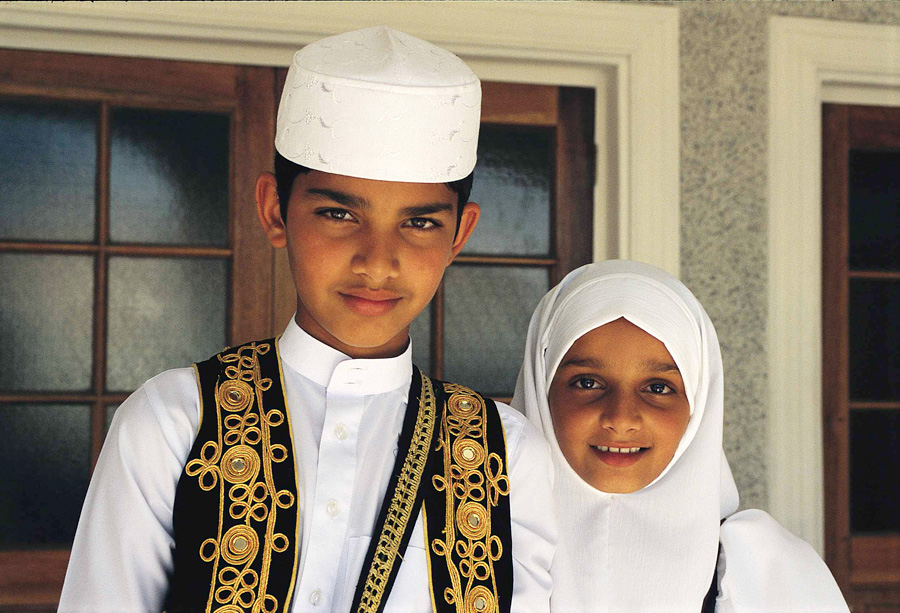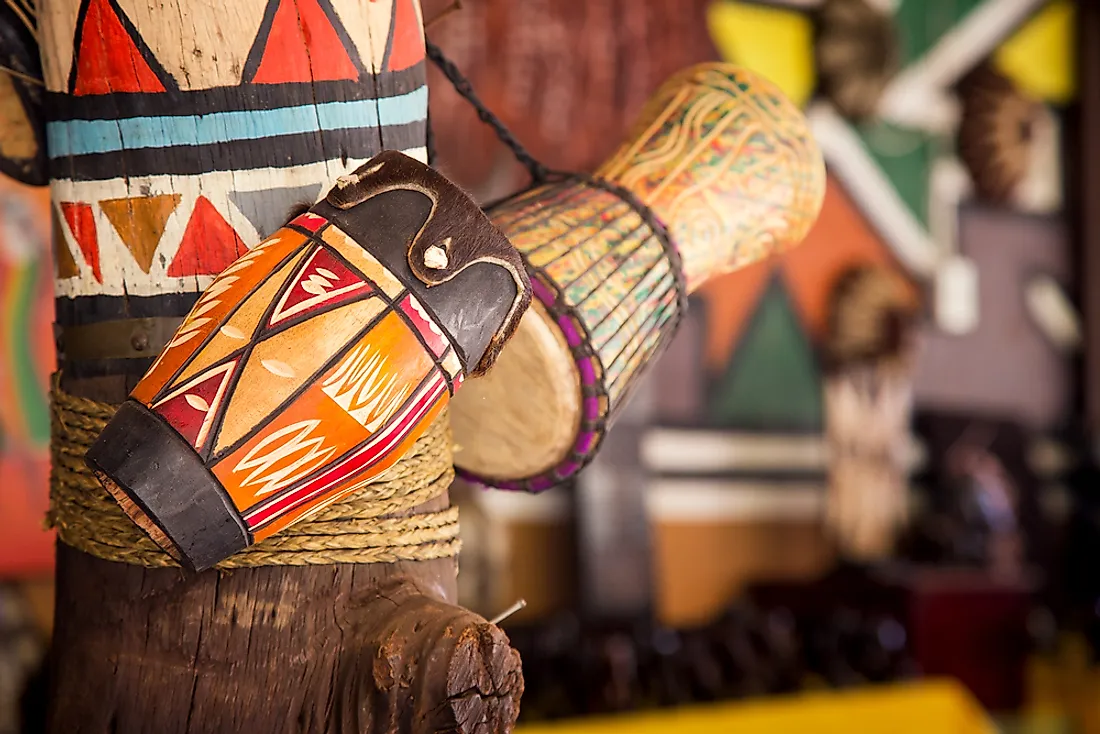Some Of South African Culture Today
Some Of South African Culture Today
Blog Article
Rumored Buzz on South African Culture Today
Table of ContentsAn Unbiased View of South African Culture TodaySouth African Culture Today Fundamentals ExplainedLittle Known Questions About South African Culture Today.South African Culture Today Can Be Fun For Anyone10 Easy Facts About South African Culture Today Explained10 Easy Facts About South African Culture Today Described
A matter of value in Zambian towns is the passing away of loved ones. All members of the town placed cash, time and initiative together for the interment of the deceased.Throughout the grieving period; men stay outside your house and the women stay inside your house of the deceased. After chatting concerning the deceased, the village walks to the location of funeral to claim their last goodbyes. Music and dance is an extremely vital aspect of the Zambian culture. The different tribal systems have their very own dancing forms; however, makishi is typical amongst all tribes.
The smart Trick of South African Culture Today That Nobody is Talking About
When it involves music, drums are made use of one of the most, with a variety of drumming events. In Zambia, majority of the individuals are Christian; Protestant and Roman Catholic. There are small teams of Muslims and Hindus, with the remainder adhering to local indigenous tribal beliefs.

South African heritage and culture is immensely diverse, and contains various teams of people who each have their own customs and ideas. Having such a variety of individuals and societies is what makes South Africa so unique. In the true sense of the phrase, we are a rainbow country.
South Africa has roughly 3 hundred thousand Portuguese individuals living in it. Making it the 7th on the list of nations with the most Portuguese individuals in it outside of Portugal. Portuguese is not only a culture, but it is likewise a language and a nationality. Portuguese people originate from the nation of Portugal in Europe, however, because of Portugal (like numerous various other countries in Europe) exploring the world and conquering other nations throughout the 15th 20th centuries, South Africa has what we call Portuguese South African's living in it.
South African Culture Today Can Be Fun For Anyone
Amongst the popular attributes of the topography is a plateau that covers practically two thirds of the facility of the country. The plateau complicated rises towards the southeast, where it climaxes in the Drakensberg array, part of a cliff that separates the plateau from the seaside areas. The Drakensburg consists of Champagne Castle, the highest possible top in the nation.
The region north of the Witwatersrand, called the bushveld, inclines downward from east to west towards the Limpopo River, which forms the worldwide border. The western section of the plateau, the middleveld, additionally descends towards the west and differs in elevation in between the highveld and bushveld. In between the Drakensburg and the eastern and southern coast, the land descends to the sea.
Nearer the coastline there is a low-lying plain called the eastern lowveld. Southwest of the plateau the nation becomes gradually more arid, paving the way to the stony desert of the Great Karroo, approached the east by the lower, much better sprinkled plateau of the Little Karroo. Separating the dry southerly inside from the sandy coastal of the southerly shore and West Cape is an additional range, the Langeberg.
The Of South African Culture Today
The nation's racially, ethnically, and politically divided history has produced national and subnational symbols that still function as symbols of the country, and others icons that are approved just by particular teams. The monoliths to white inhabitant conquest and political supremacy, such as the Afrikaner Voortrekker ("pioneer") Monument in Pretoria and the Rhodes Monument honoring the British colonial realm builder and Cape head of state Cecil Rhodes, remain sectarian symbols.
The very first modern residents were the San ("bushman") hunter-gatherers and the Khoi ("Hottentot") peoples, who rounded up animals (South African culture today). The San may have existed for thousands of years and left proof of their visibility in countless ancient cave paints ("rock art"). Bantu-speaking clans that were the forefathers of the Nguni (today's amaZulu, amaXhosa, amaSwazi, and vaTsonga peoples) and Tswana-Sotho language groups (today's Batswana and Southern and Northern Basotho) moved below east Africa as early as the fifteenth century

The two previous republics of the Orange Free State and Transvaal (South African Republic) were established by Afrikaner inhabitants that defeated and dispossessed the Basotho and Batswana. Lesotho would certainly have been forcibly included into the Orange Free State without the you can try this out expansion of British protection in 1869. The utmost unification of the nation resulted from the South African War (18991902) in between the British and both Afrikaner republics, which minimized the country to wreck at the beginning of the twentieth century.
Afrikaners traditionally considered themselves the just true South Africans and, while granting full citizenship to all homeowners of European descent, denied that standing to people of shade until the autonomous transition of 1994. British South Africans preserve a sense of cultural and social link to Great Britain without weakening their identity as South Africans.
3 Easy Facts About South African Culture Today Shown
The diversity and fragmentation within ethnic collections and the balance of tensions between those groups during the twentieth century stopped interethnic civil dispute. While intergroup tensions over resources, entitlements, and political dominance remain, those conflicts are as likely to match Zulu versus Zulu as Zulu versus Xhosa or African against Afrikaner.
From colonial India, British vendors and administrators brought the curved steel decorative roof coverings and slim lace work pillars that still epitomize pop over to this web-site the terraces of cottages in the areas and cities throughout the country. Residences of praise contribute an essential architectural facet also in the smallest towns. In addition to the rising steeples and traditional stonework of Afrikaans Dutch Reformed churches, Anglican churches, synagogues, mosques, and Hindu shrines offer variety to the spiritual building scene.

Butchering and the developing of typical grain beer are essential in safeguarding the participation and goodwill of the forefathers that are considered the guardians of good luck, prosperity, and wellness. Indian areas preserve their native cooking traditions and apply them on Islamic and Hindu routine and ritualistic occasions. Afrikaners and Coloured people collect at weekend breaks and special occasions at multifamily barbeques called braais, where area bonds are strengthened.
Since this was the key financial enterprise of both black explanation Africans and white colonists, dispute in between those teams fixated the belongings of grazing land and animals. In 1867, the biggest ruby down payments on the planet were discovered at Kimberley in the west central location. The riches from those areas aided fund the exploitation of the greatest gold reef worldwide, which was found on the Witwatersrand in 1886.
The Best Strategy To Use For South African Culture Today
This brought about misconceptions and intentional misstatement in the ventures of white settlers and government officials with African chiefs during the colonial period (South African culture today). In the establishment of African reserves, some facets of public and primarily "tribal trust fund" land period were preserved, and also in white rural areas, forms of communal tenure were still practiced in areas with African communities
After the democratic change of 1994, programs for land restitution, redistribution, and reform were instituted, but progress has actually been slow-moving. The white minority still controls eighty percent of the land. Following agricultural land invasions in Zimbabwe, the Division of Land Matters has promised to speed up land redistribution.
Report this page